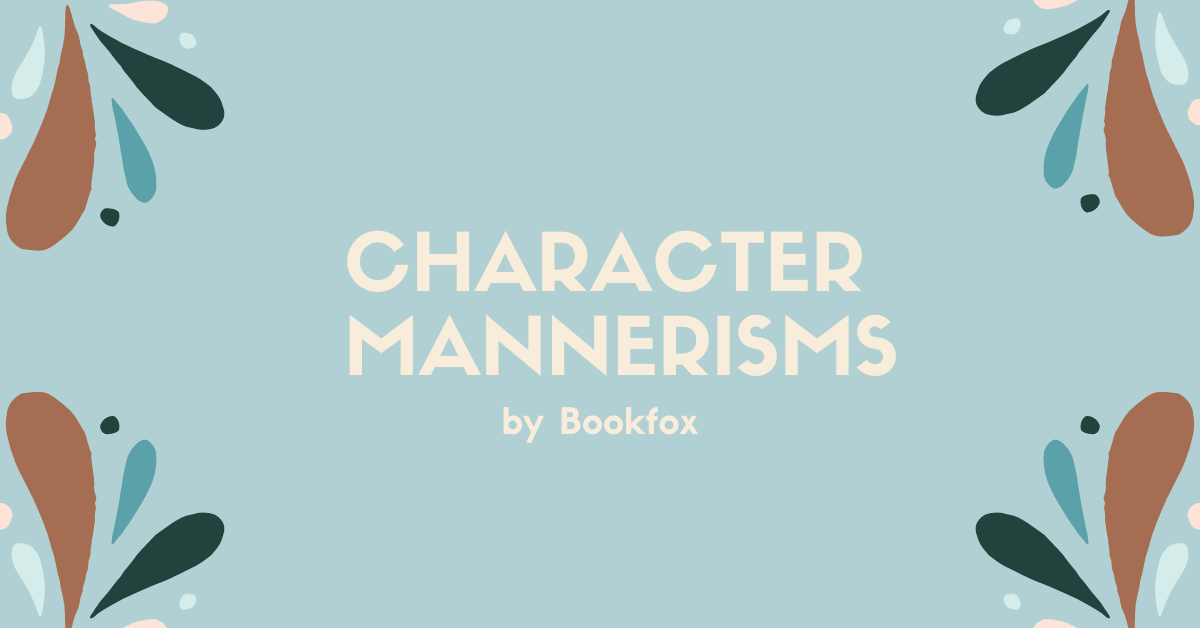 You build a character by separating them from the mass of humanity. Making them an individual, rather than a face in the crowd, is the main challenge of writers.
You build a character by separating them from the mass of humanity. Making them an individual, rather than a face in the crowd, is the main challenge of writers.
A mannerism is one of the best ways to make a character memorable. Just a single unusual or curious affectation can make them stick in the reader’s mind.It’s important not to downplay or minimize mannerisms. It’s not just something extra you sprinkle on top of a character. It’s the heart of a character.
1. Connect Mannerisms to Backstory
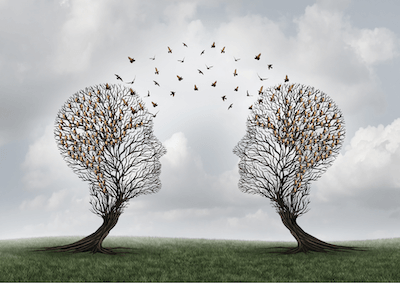 Remember that characters get mannerisms from their past — from their history with family or with some event in the past. That’s why F. Scott Fitzgerald said:
Remember that characters get mannerisms from their past — from their history with family or with some event in the past. That’s why F. Scott Fitzgerald said:
“Men get to be a mixture of the charming mannerisms of the women they have known.”
He meant that characters often pick up mannerisms through relationships. So when you give a character a mannerism, don’t only think of the action in the present — think of their backstory, and what event created that mannerism.
For instance, if a character tends to tap an elbow when they’re feeling awkward, that could mean:
- an old sports injury
- or an ex-girlfriend always hung on that elbow
You never want to give a character a mannerism in isolation. You always want to link it with some essential part of their story, so it blends seamlessly with their characterization.
2. Repeat Your Mannerisms

A character must keep rubbing their temples throughout the story, and every time they do it, it will start to accumulate more meaning. The reader will learn why they do it, they will start to see patterns, they will start to see how this little action defines a character (perhaps they’re a thoughtful person, or deliberate, or in pain).
And as you repeat a mannerism, it has to change and evolve:
- Perhaps the person’s fingers shake when they’re massaging under a huge amount of stress.
- Perhaps they tell another character to try to massage their temples
- Perhaps they rub someone else’s temples, and put so much pressure on them it’s torturous.
3. Mannerisms: The Backbone of Plot
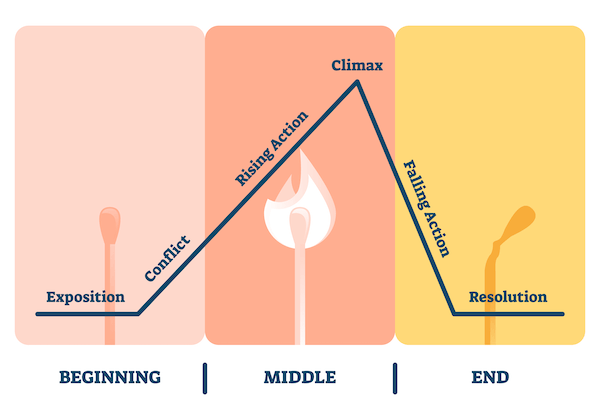 Mannerisms are a fantastic way to create foreshadowing and tension in your book.
Mannerisms are a fantastic way to create foreshadowing and tension in your book.
For instance, here are three steps to connect a mannerism about rubbing temples to the plot of your book.
- If a character rubs their temples repeatedly just before they do something violent, then you’re creating tension in the narrative whenever the innocuous gesture of temple-rubbing starts.
- And what’s more, if it’s revealed that this character has suffered from migraines since they were a child, we start to feel sympathetic for them despite their violence, and understand why they rub their temples.
- Lastly, there should be a point in the book where the character stops rubbing their temples — where they start to do the gesture and then use all their willpower to stop. That will show character change.
So mannerisms aren’t just a seasoning that you sprinkle on top of a character. They form the very backbone of your story.
4. Connect Mannerisms to Psychology

In “A Canticle for Leibowitz,” a character known only as the Poet had a mannerism of taking his glass eyeball out.
- When he put the eyeball in his socket, it meant “he wanted to make a decision, or to think something over, or to debate a point.”
- When he took it out of the socket, it meant “he saw something that displeased him, when he was pretending to overlook something, or when he wanted to play stupid.”
So the mannerism of taking out his eyeball was a tic, a tic that showed a certain state of mind.
It was also symbolic — he took out his eye when he didn’t want to see the thing that displeased him, and put it in when he wanted to “see” to make the right decision, to think.
5. Use Mannerisms to Force Conflict

Agatha Christie said:
“Men don’t understand how their mannerisms can get on women’s nerves so that you feel you just have to snap.”
And you want your characters to snap! A story is boring without characters insulting each other, and losing their temper, and becoming annoyed. A mannerism that is never commented on, that never creates conflict between characters — that’s a wasted opportunity.
Once you establish your mannerism, you want to remind the reader a few times about it, and then have another character interact with that mannerism.
- They could ask why they always do that.
- They could ask that person to stop.
- They could lose their temper and shout at them.
Essentially, use the mannerism as an invitation to start an argument between your characters.
6. Create Non-Cliche Mannerisms
 I’m sick of cliched mannerisms. These are familiar actions paired up familiar interpretations. Such as:
I’m sick of cliched mannerisms. These are familiar actions paired up familiar interpretations. Such as:
- A girl who tosses her hair must be flirting or vain.
- A person who rubs their neck whenever they’re embarrassed.
- A character clenching their jaw when they’re under pressure.
Ugh, it’s all so expected. Why not surprise the reader with a counter-intuitive mannerism? After all, if the purpose of characterization is to make your character a unique, memorable person, then you need to give them a mannerism which isn’t ho-hum and familiar.
For example, consider the book, “Island of the Blue Dolphins,” where the father has a memorable mannerism:
“When he’s really angry, he pulls his ear.”
He doesn’t snort. He doesn’t flare his nostrils. He doesn’t stomp in anger. He doesn’t signal anger in any of the typical, cliched ways.
No, he doesn’t something completely unexpected, something completely unique to him as a character, something that’s never been associated with anger: pulling his ear.
7. Mannerisms Build Characters
 You can see from the lists below that a mannerism alone isn’t any good.
You can see from the lists below that a mannerism alone isn’t any good.
Mannerisms must be connected to some larger part of their character or personality or emotion. Only then does the mannerism stop being a gesture, and starts to teach us about who they are as a person.
Here are some examples of Mannerisms and body language that build characters:
“My mother hushed me, looking away. When my mother is piqued, she has a peculiar tell: She pulls at her eyelashes. Sometimes they come out.”
– Gillian Flynn, Sharp Objects
“He’ll be all right,” she said.
“But she was lying. Her eyes always got darker in the middle when she lied. She was a Spokane Indian and a bad liar.
– Sherman Alexie
“She nodded impartially and whispered “Shannon Pearl” before taking off her glasses to begin cleaning them all over again. With her glasses off she half shut her eyes and hunched her shoulders. Much later, I would realize that she cleaned her glasses whenever she needed a quiet moment to regain her composure, or more often, just to put everything around her at a distance. Without glasses, the world became a soft blur, but she also behaved as if the glasses were all that made it possible for her to hear. Commotion or insults made while she was cleaning her glasses never seemed to register at all. It was a valuable trick when you were the object of as much ridicule as Shannon Pearl.”
– Dorothy Alison, “Bastard out of Carolina”
He put his hands behind his ears as he walked along the corridor and began to rub his head just below the hairline with fleshy pads of his thumbs… “Bird, did you have that habit of rubbing behind your ears with your thumbs when we were in school together?”
– Kenzaburo Oe, “A Personal Matter”
Richard Bausch says that gestures need to be surprising and unusual.
“It’s the little details that give forth the horror of it: not the blood flowing like a river in the street after an auto accident, but, as my pal Allan Gurganus put it, the sight of a man kneeling before a broken headlight, trying to put the shards of glass back into place.”
A person crying after an accident is cliche. A man trying to put a broken headlight back together is both pitiable and full of sorrow.
8. You Only Need One Character Mannerism
You don’t need a huge list of mannerisms for your book. Just choose one mannerism for a character, just one single one.
And if you get the right one, your character will spring to life.
And to help you choose the right one, I’ve listed some options below:

Physical Mannerisms of the Head
- A character who has an eye spasm, so he rubs it to try to hide the spasm from others (shame is an excellent emotion to explore when creating mannerisms).
- A character who nods constantly, even when they’re not agreeing with anyone else (use contradiction as a theme — try to find mannerisms that contradict what someone would normally expect).
- Someone who touches their bald head lightly, reverently. Bonus points if they’re a woman, or if they’re undergoing chemo.
- Tilting their head to one side as if they’re constantly listening to something nobody else can hear
- A man who strokes his beard thoughtfully, pensively.
- Pretends to sneeze whenever they are embarrassed

Physical Mannerisms of the Hands
- A person who only cracks the left side of their body (left knuckles, left side of the neck, left toes)
- Someone who likes to grow their nose hairs long, and then tickle them until he sneezes
- A person who always taps their tumbler edge on the counter twice before drinking their whiskey
- Someone who rubs their elbow when they’re nervous
- A character who starts itching every time they’re sad
- A person whose scrunches their nose to the left every time they lie (inspired by Salman Rushdie)
- A character who pokes their pinky finger out whenever drinking water
- A character who points angrily, jabbing at the person that offends them
- Someone who always squeezes other people by the forearm when greeting them
- A man who enjoys fiddling with the white half moons of their fingernails.
- A woman who nervously rubs her forefinger and thumb together.
- An eyebrow rubber, rubbing so often it seems the hair should fall out
- Someone who shuffles their feet whenever they’re about to say something they regret
- Someone who is aware of their habit of ruffling their hair, so they keep on moving their hand towards their head, but then stopping.
- Rubs a mole on their arm or cheek
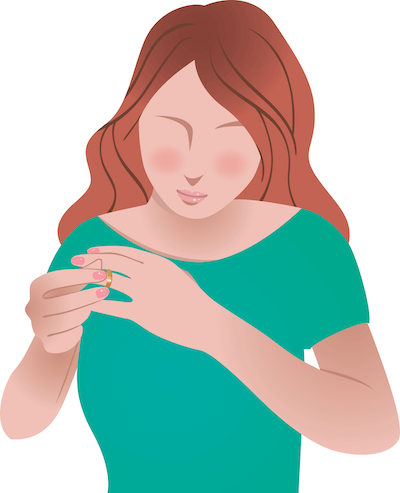
Mannerisms with an Object
- A character who takes off their wedding ring and puts it back on repeatedly
- A character who always touches a certain piece of fruit — always fondles it while speaking. (inspired by The Godfather, where multiple character touch oranges just before violence occurs).
- A person, male or female, who never stops touching their earrings.
- Touches the side of their glasses whenever they say something they consider wise
- I once saw a man use a single hand to remove the cap off a Chapstick, apply it, and put the cap back on — all singlehandedly (this is more difficult than it sounds!).
- Flips a pencil or pen or penknife through their knuckles and back again.
- Someone who speaks as fast as an auctioneer.
- A woman who often pulls at her fake eyelashes
- A person who rubs the side of the gun as if caressing a child
- Repeatedly stretch a hair scrunchie and then compress it
- A woman who twirls her bikini strings
- A smoker who takes only very short drags, never long ones, and stabs out their cigarette after only a few drags

Oral Mannerisms
- Someone who whistles just before they’re about to commit violence (inspired by Tarantino’s “Kill Bill”).
- Scrunches up their mouth when they talk
- Smacks their lips together when they’re happy
- Juts out their lower lip when they’re disappointed
- Has a laugh which is so loud it overpowers an entire party
- Hiccups so powerfully that they have to stop what they’re doing
- Belches low, long, and sonorously
- Hawks and spits every few seconds, because they’re allergic to dairy
- A character who lowers their head every time before they speak, so that they’re looking up at you.
- Someone who squeaks or grunts whenever they do anything physically taxing
- A character who humphs rather than speaking dialogue
Do you recall a memorable mannerism in a book or movie? I’ve love to hear it in the comments!
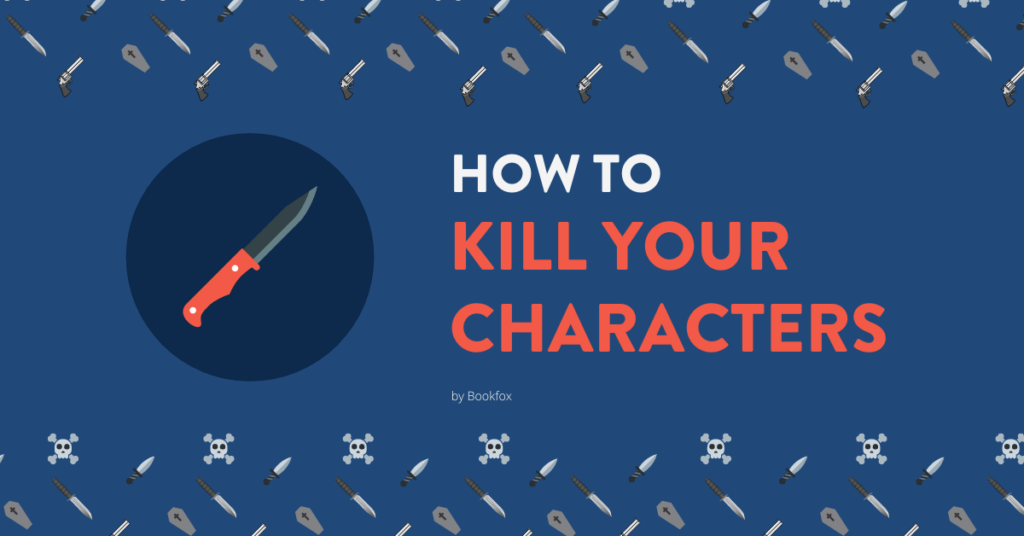
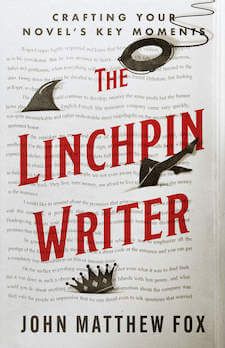
2 comments
Thanks for this concise but detailed list of building out mannerisms. I found this alongside your video on core beliefs really helpful, at a time where my characters now need to breathe their life into the overall plot. I look forward to using this to re-build my characters in a structured way that will allow for more natural dialogue and action.
Thank you. I realize that I was writing with a hodgepodge of mannerisms for each character, when less and better defined will serve the story so much better.